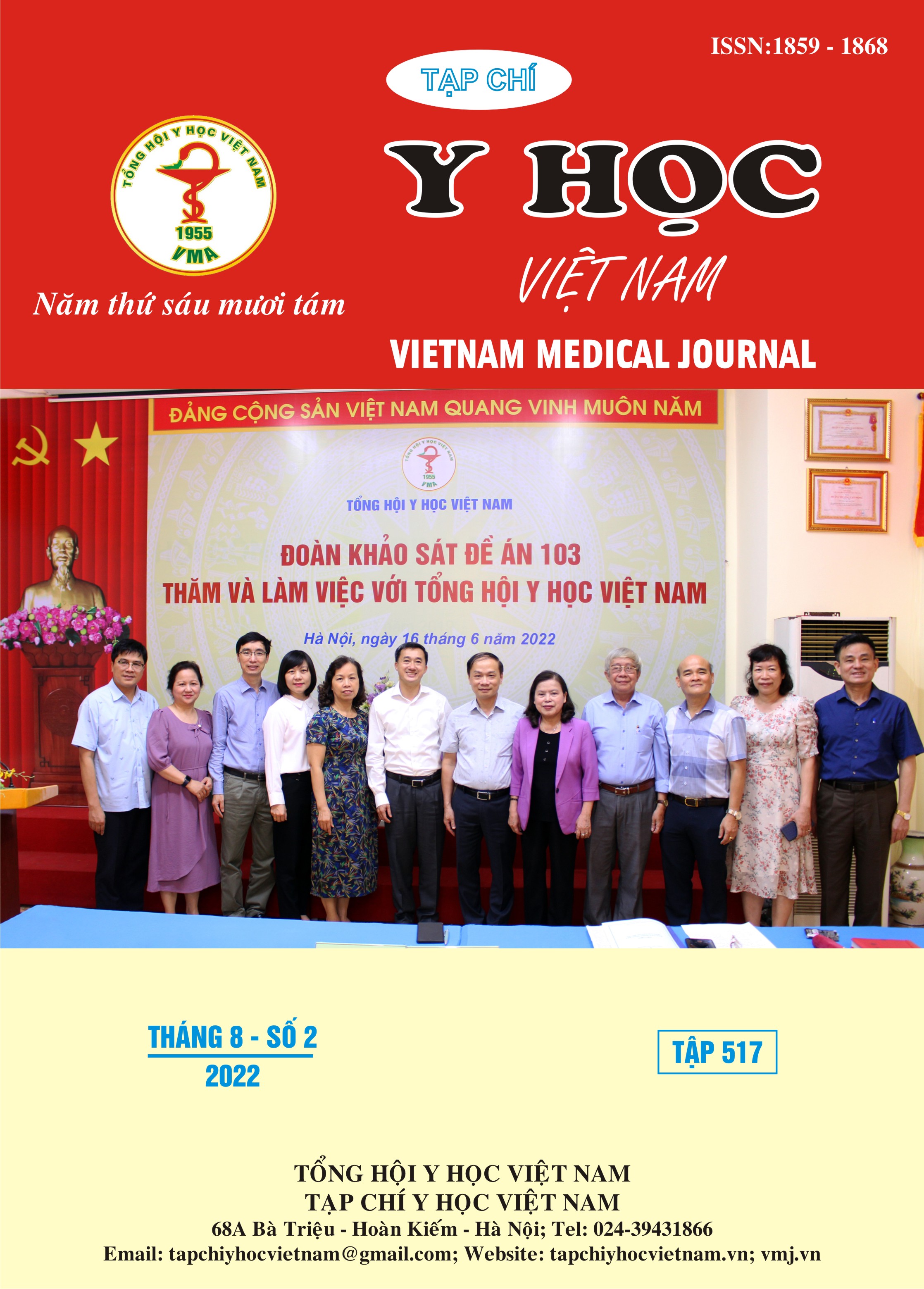THE ROLE OF SIMULATION IN PEDIATRIC NURSING PRACTICE TO SELF-EFFICACY OF FULL-TIME BACHELOR NURSING STUDENT IN THE PRACTICE OF INTRAVENOUS INJECTION SKILLS FOR CHILDREN
Main Article Content
Abstract
Objective: To evaluate the changes in self-efficacy of full-time bachelor nursing students of about the practice of intravenous injection skills for children after simulation practice. Research objects and methods: single-arm interventional study, 214 full-time bachelor nursing students of couse 11filled the questionaire. Results: The average score of intravenous injection skills as self-report of participants increased significantly with the mean change score after the first and second intervention with 0.4 and 0.9 points, respectively (t < 0.001). The average score on intravenous injection skills as assessed by the lecturers increased with the mean change score after the second intervention compared to the first time by 0.5 points (t < 0.001). Conclusions: The self-efficacy level of full-time bachelor nursing students about the practice of intravenous injection skills for after simulation practice changed significantly.
Article Details
Keywords
self-efficacy, nursing students, simulation, intravenous injection
References
2. Alfaro-Lefevre, R (2004), Critical thinking and clinical judgment: A practical approach. St. Louis MO, Elsevier.
3. American Association of Colleges of Nursing (AACN) (2008). The essentials of baccalaureate education for professional nursing practice. Retrieved from http://www.aacn.nche.edu/Education/pdf/BaccEssentials08.pdf (19 Kasım 2013).
4. Bandura A (1994), Self-efficacy. Encyclopedia of psychology, 3, 368 – 369. – 9
5. Benner, P. (1984), From novice to expert: Excellence and power in clinical nursing practice. Menlo Park, CA. Addison-Wesley.
6. Crouch L. (2009). Undergraduate nursing students' perceptions of the simulation design, learning, satisfaction, self -concept, and collaboration in high -fidelity human patient simulation. International Journal of Nursing Education Scholarship, 5(1), 1-16.
7. Dillon, P., Kaplan, L., & Noble, K. (2009), Simulation as a means to foster collaborative interdisciplinary education. Nursing Education Perspectives, 30(3), 87-91.
8. McRae M. E., Chan A., Ai J. (2017). The effectiveness of and satisfaction with high-fidelity simulation to teach cardiac surgical resuscitation skills to nurses. 5(1), 64-69.


